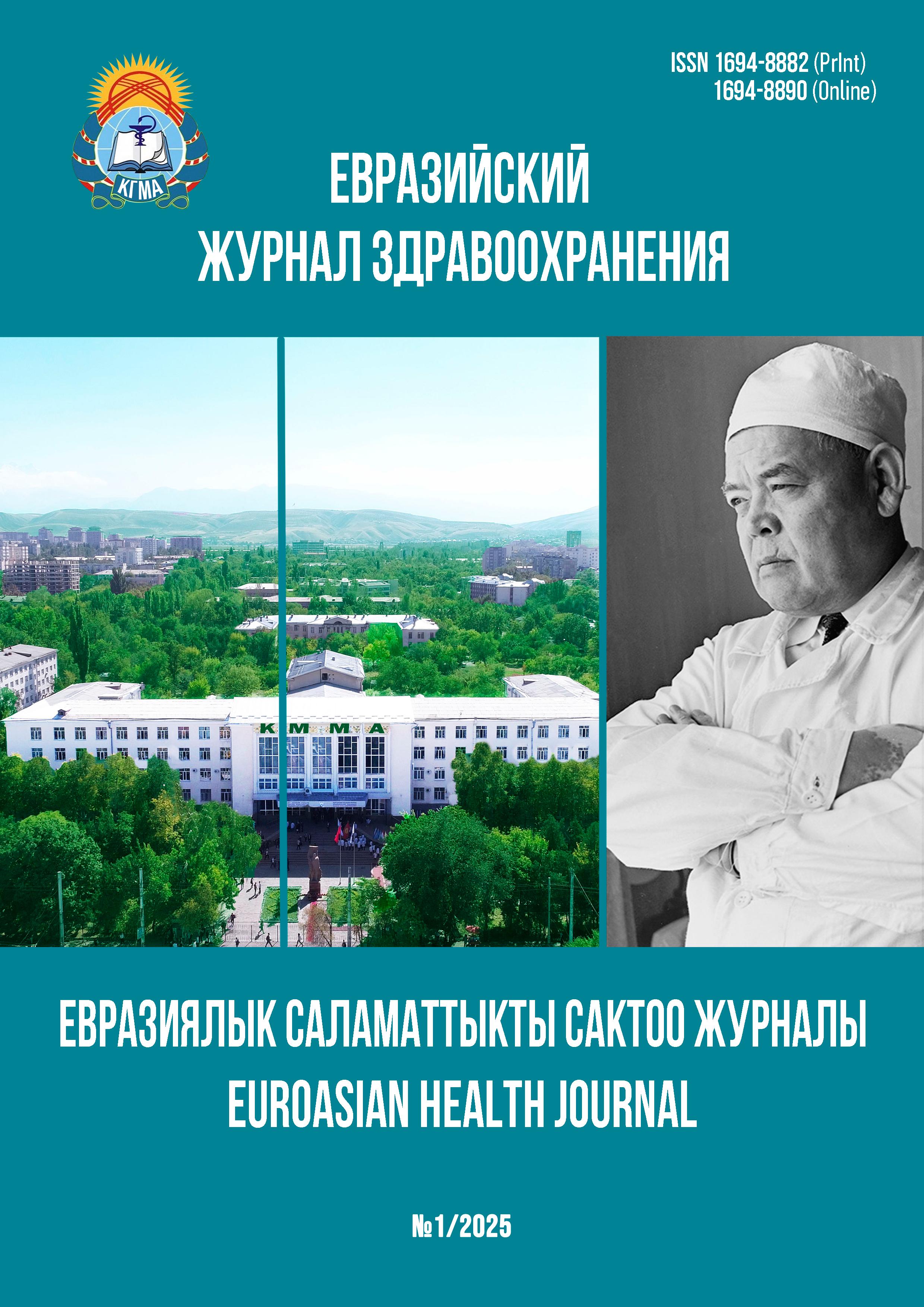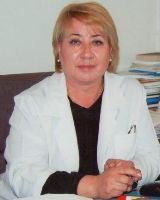SOME CLINICAL AND TECHNOLOGICAL MISTAKES IN MAKING COMPLETE REMOVABLE DENTURES (BASED ON THE RESULTS OF QUESTIONNAIRE DATA)
DOI:
https://doi.org/10.54890/1694-8882-2025-1-196Abstract
According to World Health Organization, about 26% of patients do not use complete removable dentures for one reason or another. The article presents results of analysis common mistakes in making complete removable dentures based on questionnaires orthopedic dentists and dental technicians in orthopedic departments of city dental clinics in Bishkek. 75 orthopedic dentists and 81 dental technicians were interviewed. The questionnaire included 8 questions for doctors and 14 questions for dental technicians. Unfortunately, the results of the survey revealed violations committed in the process of making complete removable dentures, both at the clinical and laboratory stages. Non-compliance following the algorithm of actions both doctors and dental technicians in the constructing dentures or ignoring instructions of using materials used in the making dentures leads to low-quality of them. Optimizing the technology of making complete removable dentures by eliminating mistakes at all clinical and technological stages will improve the quality of the dentures and its functional efficiency. Patients will quickly adapt to high-quality prostheses, which will minimize the reasons for refusing to use dentures.
Keywords:
epidemiology, complete secondary adentia, complete removable dentures, clinical and technological mistakes, questionnaire dataReferences
1. Kassebaum NJ, Bernabé E, Dahiya M, Bhandari B, Murray CJL, Marcenes W. Global Burden of Severe Tooth Loss: A Systematic Review and Meta-analysis. Journal of dental research. 2014;93(7 Suppl):20S–28S. https://doi.org/10.1177/ 0022034514537828
2. Иорданишвили А.К. Полная утрата зубов: современная эпидемиология в России и эффективность стоматологической реабилитации. Актуальные вопросы стоматологии. 2021:65-70. EDN: INPFVO
3. Ruzuddinov N, Ruzuddinov S, Kozhakhmetovna SM, Ruzuddinov T, Amerbekkyzy KN. Evaluation of dental health of the adult population of Kazakhstan and solutions for improving removable prosthetics. J Popul Ther Clin Pharmacol. 2022;29(3) :e73-e79. https://doi.org/10.47750/jptcp.2022.941
4. Калбаев А.А., Акбураева А.А., Тынчеров Р.Р. Распространенность полной вторичной адентии среди населения города Бишкек (по данным ретроспективного исследования). Вестник КРСУ. 2024;24(5):85-88. https://doi.org/10.36979/ 1694-500X-2024-24-5-85-88
5. Рединов И.С., Метелица С.И., Бекеева С.Ю., Шевкунова Н.А. Причины повторного протезирования пациентов полными съёмными протезами. Здоровье, демография, экология финно-угорских народов. 2015;3:53-54. EDN: VBIGFD
6. Фастовец Е.А., Глазунов А.О. Влияние эффективности и качества изготовления съемных протезов на уровень жизни больных с полным отсутствием зубов. Современная стоматология. 2016;4:76-78.
7. Максюков С.Ю., Беликова Е.С., Иванов А.С. Анализ осложнений, недостатков и дефектов повторного протезирования бюгельными и съемными пластиночными протезами. Кубанский научный медицинский вестник. 2013;6(141):130-134.
8. Devi NS, Veeraiyan DN, Maiti S, Tulsani M, Rupawat D. Troubleshooting in complete denture fabrication. J Adv Pharm Technol Res. 2022;13(Suppl 2):S480-S484. https://doi.org/10.4103/japtr.japtr_226_22
9. Бабич В.В., Быстрова Ю.А. Особенности ортопедического лечения при полном отсутствии зубов. Российский стоматологический журнал. 2021;25(3):247-252. https://doi.org/10.17816/1728-2802-2021-25-3-247-252
10. Садыков М.И. Современные методы ортопедического лечения и реабилитации больных с полным отсутствием зубов [автореферат дисс.]. Самара: Самарский государственный медицинский университет. 2002. 37 с.







